Formal Letter of Interest Template for Professional Use
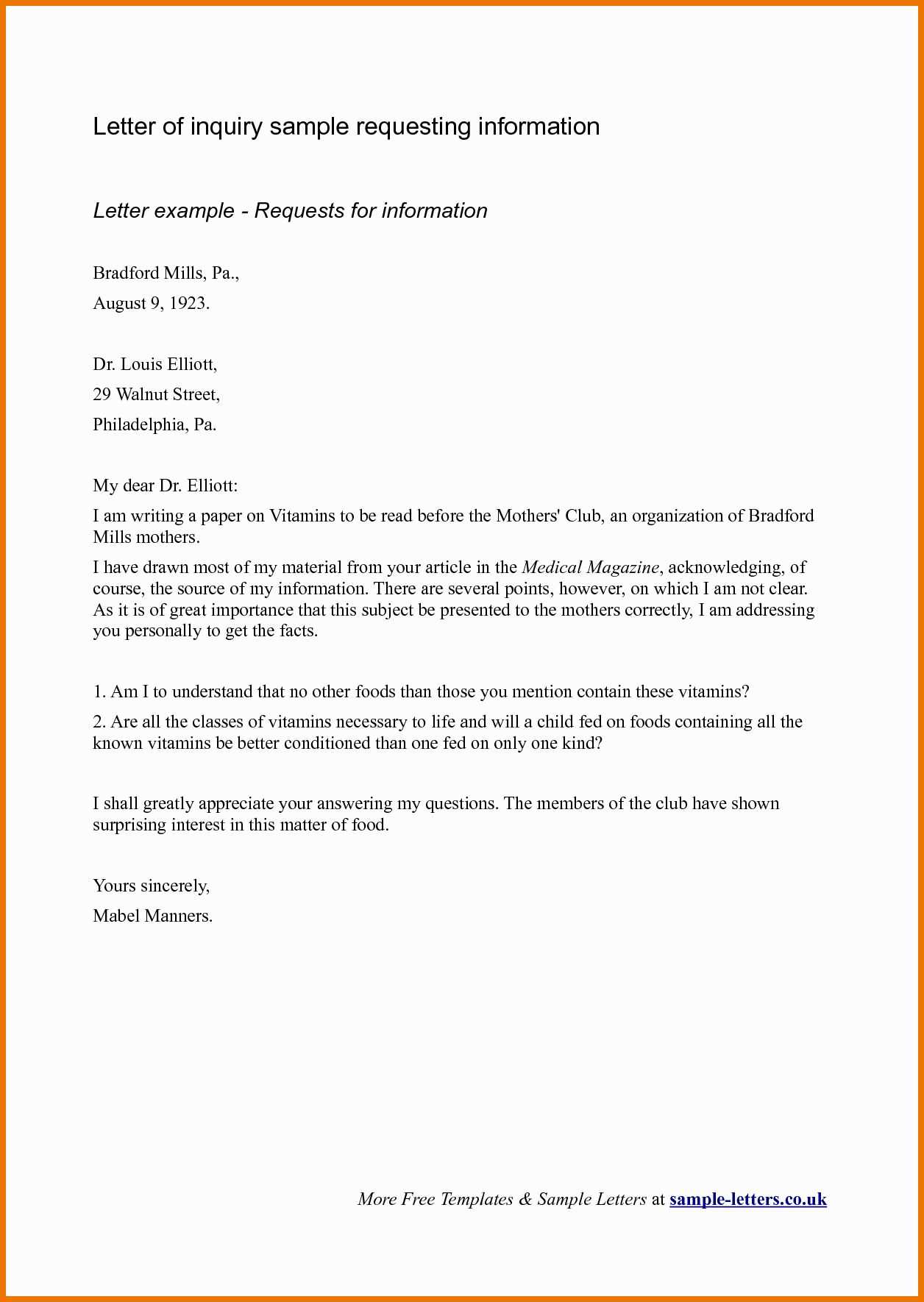
When looking to express your professional aspirations or reach out to potential collaborators, creating a well-structured communication is essential. It not only conveys your intentions but also sets the tone for future interactions. A clear and concise message can greatly enhance your chances of making a positive impression.
In this section, we will explore how to craft a compelling message that highlights your qualifications and expresses your desires effectively. Whether you’re seeking a new role or proposing a business idea, a well-written document can serve as a powerful tool for advancing your professional goals.
Understanding the key components and how to format this communication correctly is crucial. By following a few simple guidelines, you can ensure that your message is both professional and impactful, increasing the likelihood of receiving a response.
Understanding the Importance of a Professional Message
In the world of business and career advancement, how you communicate your intentions can have a significant impact. A carefully crafted message helps establish credibility and demonstrates your seriousness about the opportunity. Such communication not only introduces you but also sets the stage for potential collaboration or growth.
Building Trust and Credibility
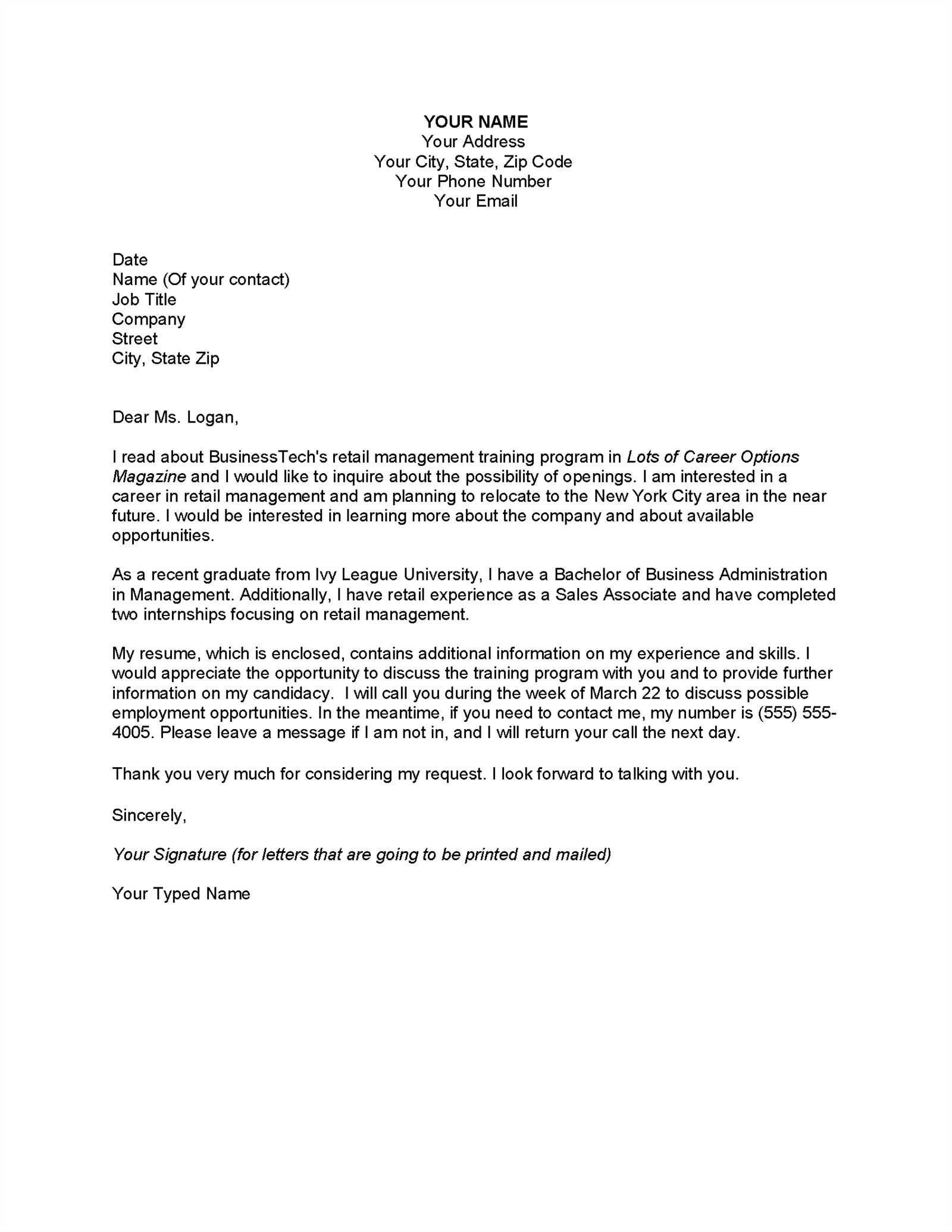
When reaching out to employers, clients, or partners, the quality of your communication reflects your professionalism. A well-written note can build trust by showing that you are thoughtful, organized, and respectful of the recipient’s time. Here are some ways it can create a positive impression:
- Demonstrates attention to detail
- Shows commitment to clear and effective communication
- Reflects your understanding of the recipient’s needs and expectations
Setting the Right Tone
The tone of your message is equally important as its content. A professional approach ensures that your intentions are communicated without misunderstanding. It helps to:
- Maintain a respectful distance, without being too informal
- Convey your purpose in a concise yet engaging manner
- Establish a foundation for ongoing communication
By prioritizing professionalism in your communication, you enhance the likelihood of being taken seriously and increase the chances of a positive response.
Key Elements of a Professional Message
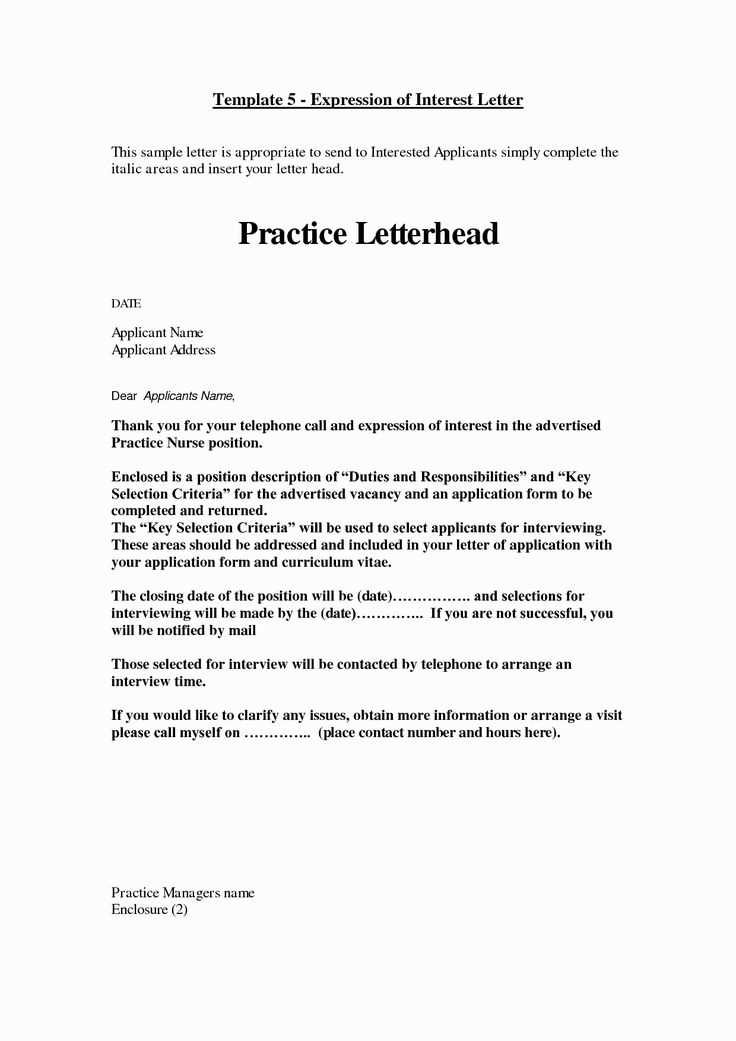
Creating a well-structured communication is essential for conveying your intentions clearly and effectively. Whether you’re reaching out for a potential job, proposing a partnership, or expressing a professional request, certain elements are critical to ensuring your message is both impactful and appropriate.
Opening and Introduction
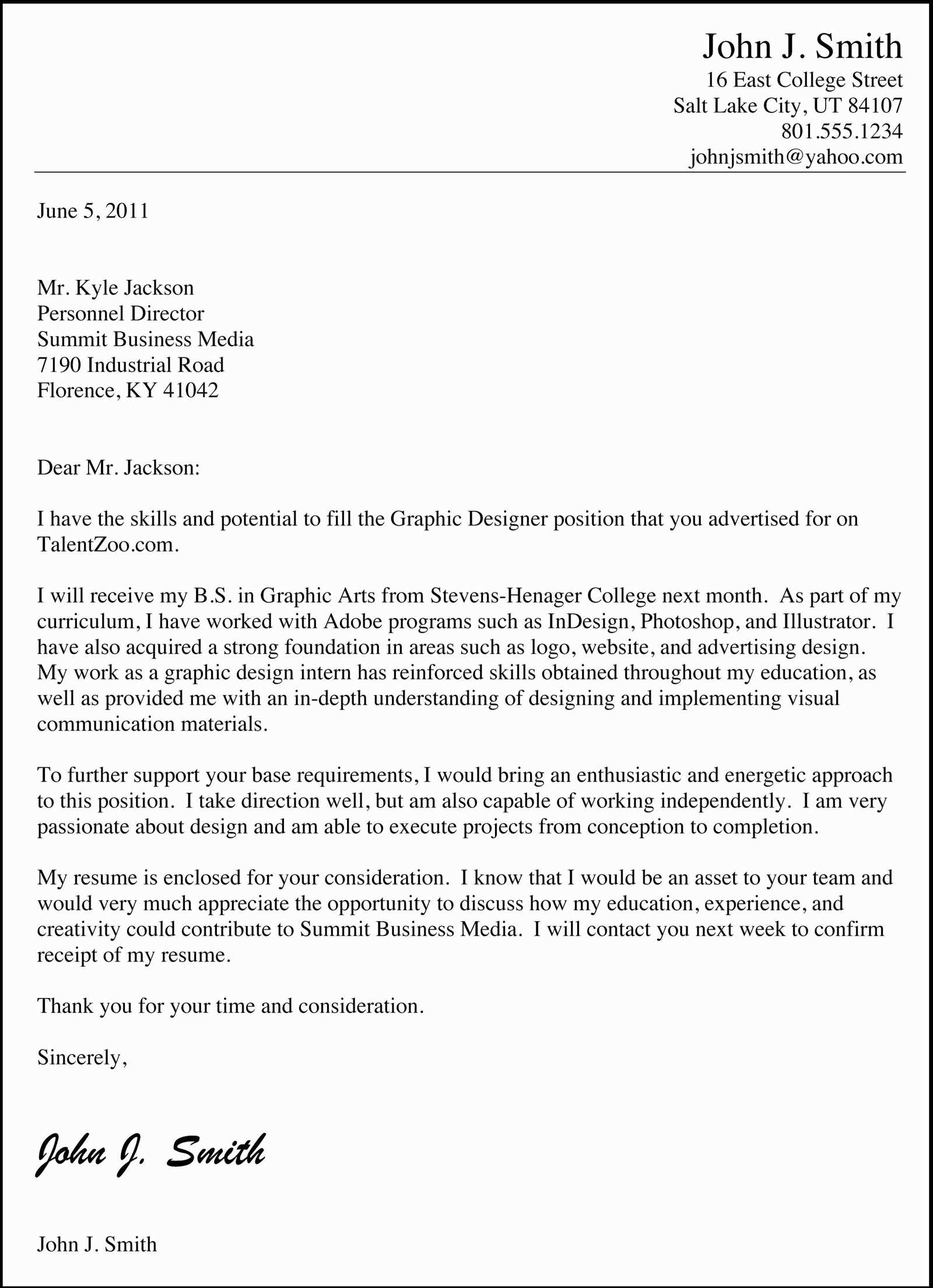
The first impression of your message matters greatly. A concise and respectful introduction helps set the right tone for what follows. Include the reason for writing right away, and make sure the opening addresses the recipient properly. Important aspects to focus on include:
- Addressing the recipient: Begin by using the correct title and name of the person you’re contacting.
- Clear purpose: State the objective of your communication right from the beginning.
Body and Conclusion
The body of the communication is where you expand on your purpose and present your main points in an organized manner. It should be direct, highlighting your main qualifications, ideas, or requests in a clear format. Conclude by summarizing the intent and expressing gratitude. Focus on the following points:
- Concise information: Keep the content relevant and to the point, avoiding unnecessary details.
- Polite closing: End with a courteous thank-you and express your willingness to discuss further or provide more details.
Incorporating these key elements ensures your communication is professional, direct, and leaves a lasting positive impression on the recipient.
Crafting a Message for Job Applications
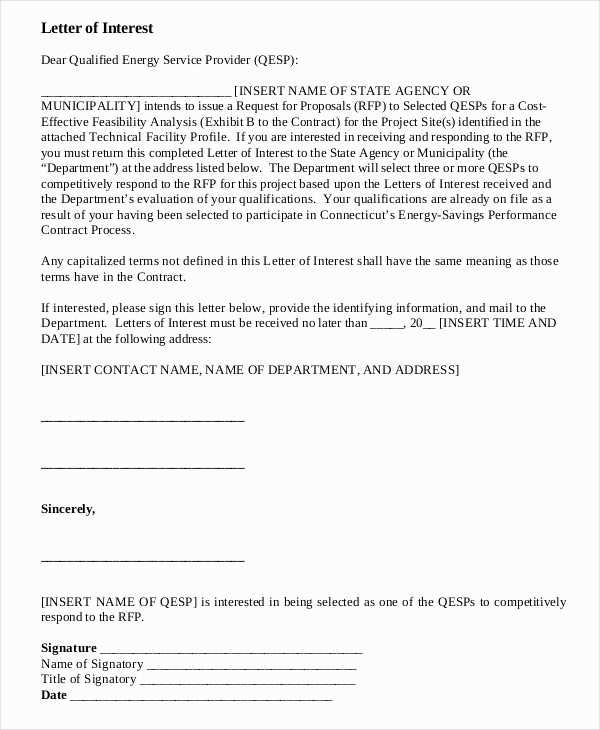
When applying for a job, the way you present your qualifications and enthusiasm can significantly impact your chances of getting noticed. A well-crafted message highlights your skills, experience, and genuine interest in the position while also conveying professionalism. It serves as an introduction to your resume and helps make a strong first impression.
To create an effective application message, focus on addressing the specific needs of the employer and showcasing how your background aligns with the role. A clear, organized approach ensures that the hiring manager easily understands why you’re the right candidate.
Start by clearly stating the position you’re applying for and explaining why you’re interested in the opportunity. Follow up with a brief overview of your qualifications and how they meet the employer’s requirements. Finish with a polite closing and a call to action, offering to provide further details during an interview or follow-up discussion.
How to Address the Recipient Professionally
Addressing the recipient correctly is one of the most important elements in ensuring your communication is perceived as respectful and professional. The way you address someone sets the tone for the entire message, reflecting your understanding of formal etiquette and your level of seriousness about the interaction.
Begin with a proper greeting that includes the recipient’s title and last name. This shows that you respect their position and are aware of the appropriate formalities. Avoid using first names unless you’re certain that the relationship permits a more casual approach.
Important tips for addressing the recipient:
- Use Mr., Ms., Dr., or appropriate professional titles followed by the last name.
- Ensure the spelling of the name is correct, as errors can create a negative impression.
- If you’re unsure about the recipient’s gender, use their full name or a neutral title like Dear [Full Name].
Maintaining a professional tone in your address helps establish respect and creates a strong foundation for the rest of your message.
Formatting Tips for Clarity and Precision
The way your message is organized plays a crucial role in how clearly your intentions are communicated. Proper formatting helps ensure that your content is easy to read and understand, making it more likely that the recipient will respond positively. A clean and structured approach can enhance the impact of your message.
Start by using appropriate spacing, consistent font styles, and clear paragraphs to avoid overwhelming the reader. It’s important to structure your content in a way that flows logically and is easy to navigate. Below are some key formatting tips:
| Tip | Purpose |
|---|---|
| Use short paragraphs | Helps maintain readability and prevents clutter |
| Apply bold or italics sparingly | Highlights key points without overemphasizing |
| Align text to the left | Maintains a clean and organized look |
| Keep font size consistent | Ensures uniformity and professionalism |
By following these simple formatting principles, you can significantly enhance the clarity and professionalism of your message, making it easier for the recipient to grasp your intentions quickly and effectively.
Common Mistakes to Avoid in Messages
While crafting a message, it’s easy to overlook certain details that can impact its effectiveness. Small mistakes can undermine the clarity and professionalism of your communication, making it less likely to achieve the desired outcome. Understanding the common pitfalls can help you avoid them and improve the overall quality of your written correspondence.
One of the most frequent errors is not proofreading. Typos and grammatical mistakes can make your message appear careless and unprofessional. Additionally, being too vague or overly detailed can confuse the recipient. Striking the right balance between conciseness and thoroughness is essential.
Other common mistakes include failing to address the recipient correctly, not using the proper tone, and neglecting to clarify your purpose early in the message. By avoiding these pitfalls, you can ensure that your communication is clear, respectful, and impactful.